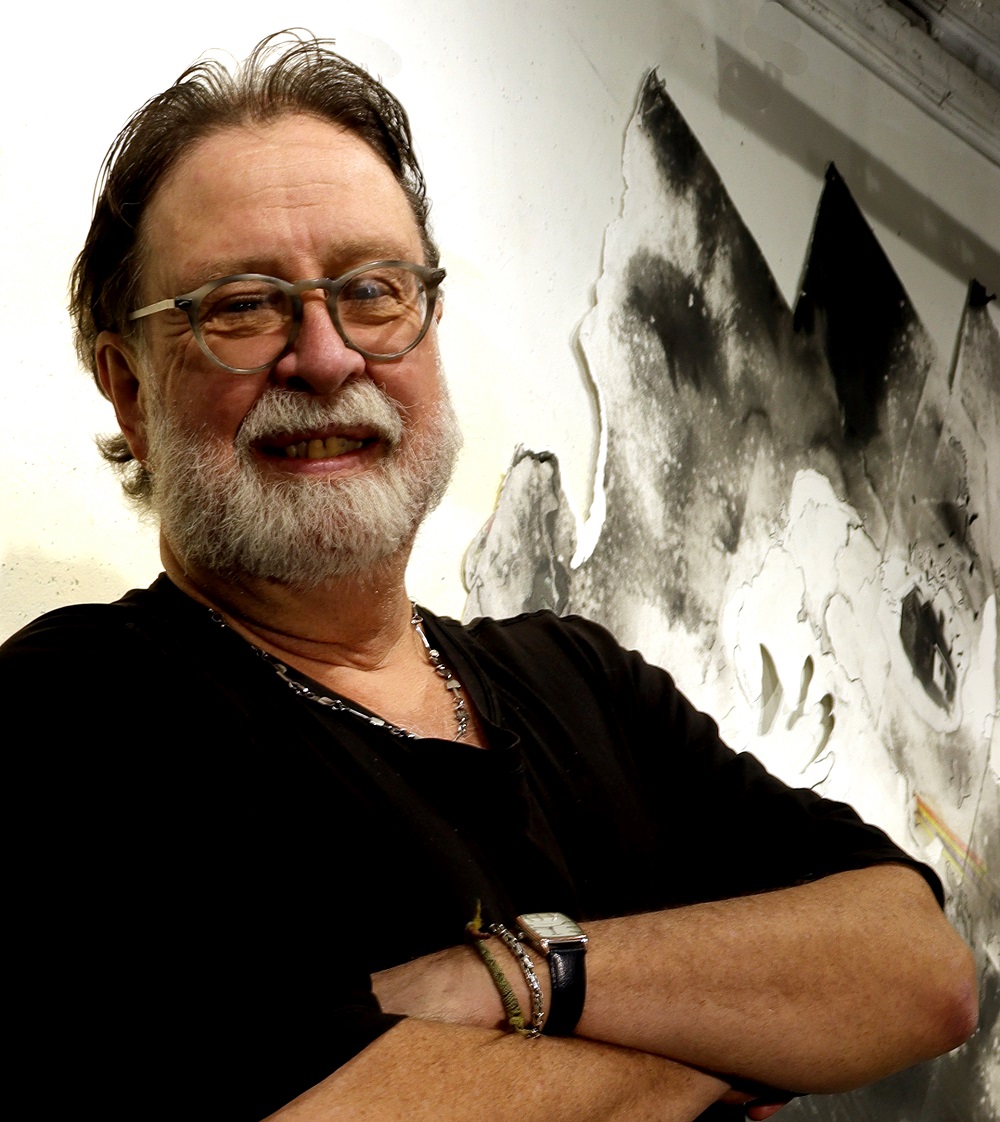After a 40-plus year career in the arts, seasonal Haliburton resident David McClyment knows all too well the fine margins between making it as an artist, or not.
“Often times, it comes down to basic presentation – how can you separate yourself from the pack. There are far more artists than there are venues to show work. Galleries typically get hundreds, if not thousands of applications every year for a space that might not even exist. So, how do you capture their attention?” he asked.
After having his work featured across Ontario – at the Red Head Gallery and David Kaye Gallery in Toronto, and spaces in Sudbury, North Bay, and Sault St. Marie – McClyment is switching gears in his retirement, helping aspiring artists to chase their dreams. He recently published a book, So You Want to Be an Artist, a self-help resource that he says unpacks more than four decades’ worth of experience, breaking down how people can make their work stand out.
He will be presenting some of his ideas during a three-hour lecture at the Corner Gallery in Haliburton Feb. 18. It’ll be like a trip down memory lane for a man who once taught at Haliburton School of Art + Design and, more recently, Centennial College.
“Photography is the base step in how to present your portfolio… the first step for many places is not to look at your actual piece, but to look at photographs of your work. If the photo is any good, then you might have a chance of getting your foot in the door,” McClyment said.
The industry is much changed from the one he entered in the late 1970s. Then, there was more collaboration between artists – people seemed more willing to help one another, McClyment noted.
“It was a more positive time. If you wanted to get together with some friends to open a gallery, everyone would pitch in and make it happen… there’s not so much of that anymore. Now, Toronto has developed a reputation, its nickname is ‘Cold City’. If you don’t represent a step up the ladder, nobody is going to talk to you, or work with you,” he said. “That’s a problem for young artists, because there aren’t too many people out there willing to offer the kind of help they need to break through.”
He considers his new book and workshop series to be his way of giving back to an industry that has provided a nice life for him and his family, “sort of like paying it forward.” While there are copious materials out there detailing art styles and processes, there’s very little information on how to navigate the business.
Saturday’s lecture starts at 3 p.m. and is $20 to attend. There will be space for up to 30 people. An eight-person workshop will follow, costing another $20.
“The best piece of advice I can give people is ‘good enough is not’. What I mean by that is, when you’re looking at the photograph you just took of your baby that you sweated blood and tears over, and you think ‘yeah, that’s OK’ – let me tell you, it’s not,” McClyment said. “You need to make your case emphatically, so paying attention to things you might otherwise overlook is really critical.”





